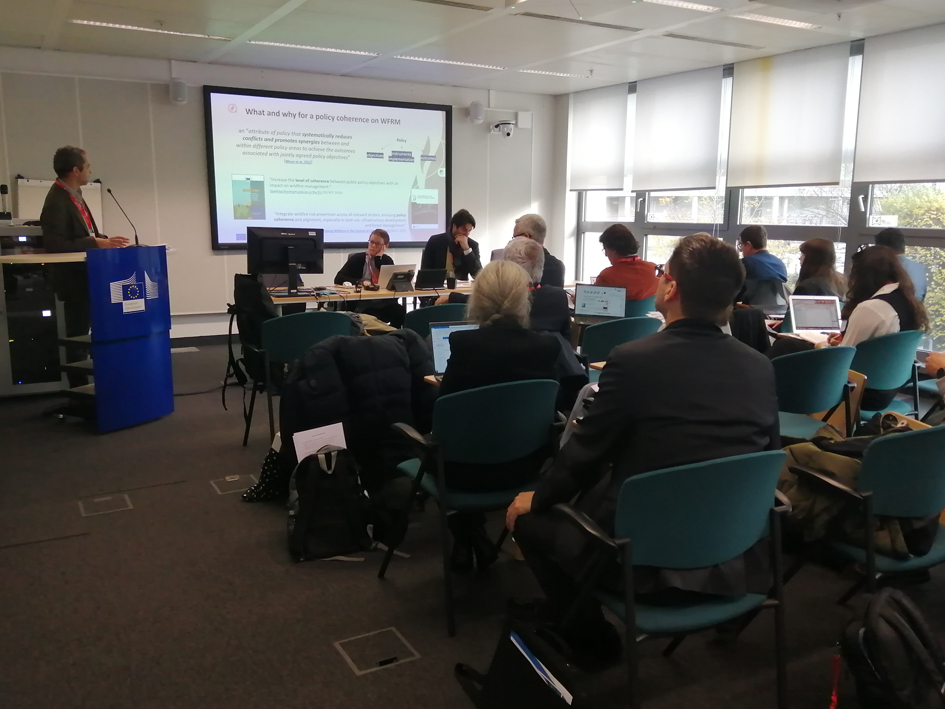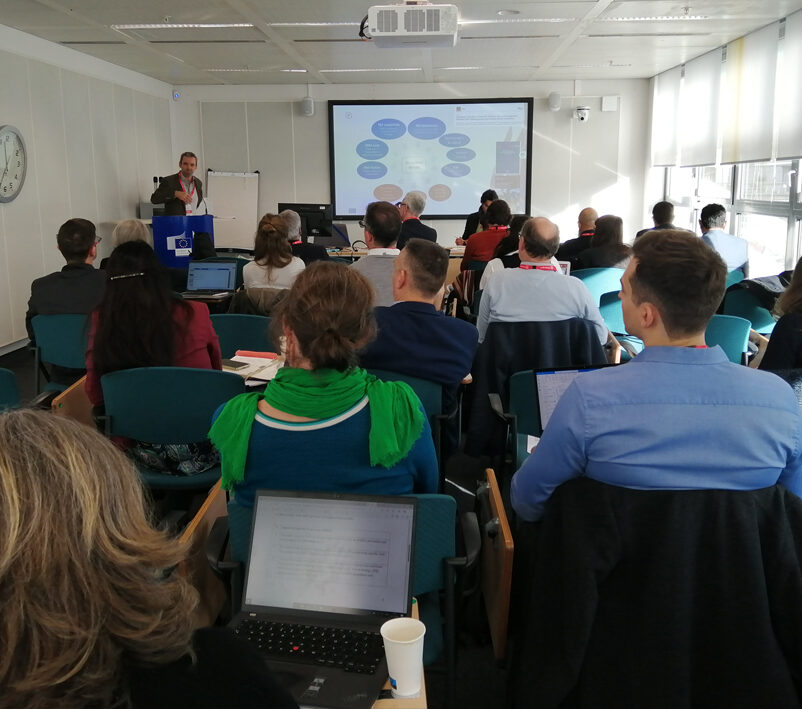The analysis highlights that existing policies provide a solid foundation for implementing integrated risk management but emphasizes the need to better recognize the role of resilient landscapes.
The Forest policy and risk governance research group at the Forest Science and Technology Centre of Catalonia (CTFC) has published a study analyzing how the concepts of integrated wildfire risk management and nature-based solutions are addressed in 40 European Commission policy documents, laws, and instruments.
The study, titled “Framing coherence across EU policies towards integrated wildfire risk management and nature-based solutions,” was published in the journal Fire and offers a systematic review of sectoral policies, including those related to nature conservation, climate change, bioeconomy, and civil protection. “The primary goal is to evaluate the coherence of these policies and how they collectively contribute to wildfire risk reduction, especially in a climate that promotes more intense and frequent wildfires in Europe,” explains Eduard Plana, head of the Forest policy and risk governance research group at CTFC and lead author of the article.
Key Findings
The study identifies several areas for improvement in policy coordination and implementation to address wildfire risk in an integrated manner. Among its key findings, the research underscores the need to highlight the protective function of managed forests and mosaic landscapes, viewing them as green infrastructure capable of safeguarding populations, economies, and ecosystems. It also emphasizes the importance of creating synergies between fire ecology and conservation policies, particularly through restoring ecosystems adapted to natural fire regimes to enhance biodiversity while reducing risk.
The analysis also points to the importance of incorporating preventive measures in areas such as urban planning, strategic infrastructure, and tourism activities, and involving the private sector in these actions. Additionally, it links wildfire risk management to the One Health agenda, emphasizing the growing impact of fires on human health, both physical and psychological, as well as the challenges related to the safety of emergency response teams.

In terms of civil protection, the study advocates strengthening early warning systems, improving response protocols, and enhancing recovery mechanisms for areas affected by extreme fires. It also calls for more robust coordination within environmental assessment systems to ensure the benefits of preventive management are clearly reflected and to encourage governments to work more effectively to minimize human and environmental costs.
A Replicable Strategic Framework
This study, connected to the European FIRE-RES project and the Environment working group of the Firelogue project, offers an analytical framework that can be replicated at the national or regional level. This is already the case in Catalonia, where a similar regional analysis has begun, with results expected by 2025.
The study’s findings will be presented in working forums with the European Commission and the European Parliament to support informed decision-making in the design and implementation of future policies.
Més informació:
Plana, E.; Serra, M.; Smeenk, A.; Regos, A.; Berchtold, C.; Huertas, M.; Fuentes, L.; Trasobares, A.; Vinders, J.N.; Colaço, C.; et al. Framing Coherence Across EU Policies Towards Integrated Wildfire Risk Management and Nature-Based Solutions. Fire 2024, 7, 415. https://doi.org/10.3390/fire7110415
Last modified: 28 November 2024










